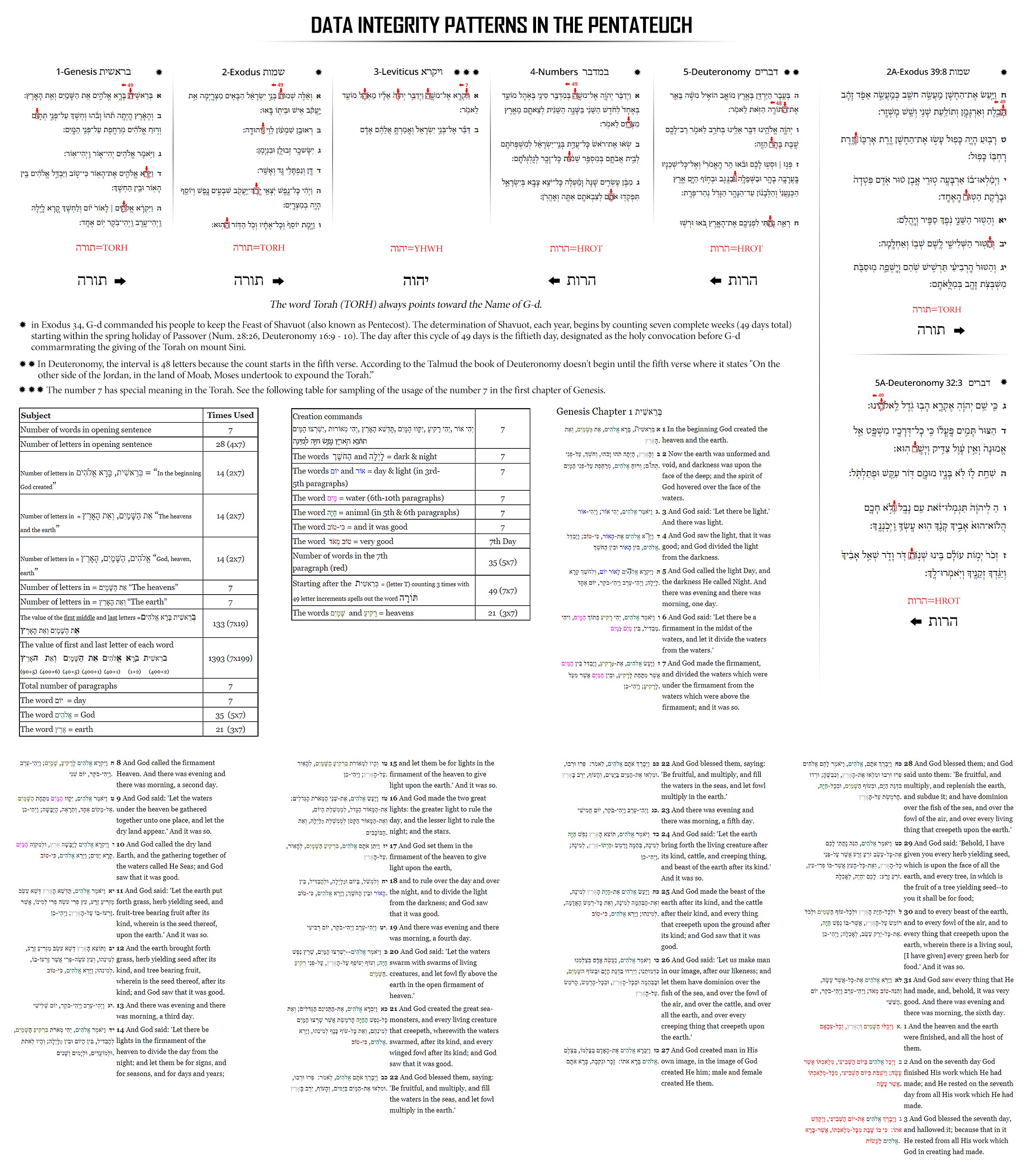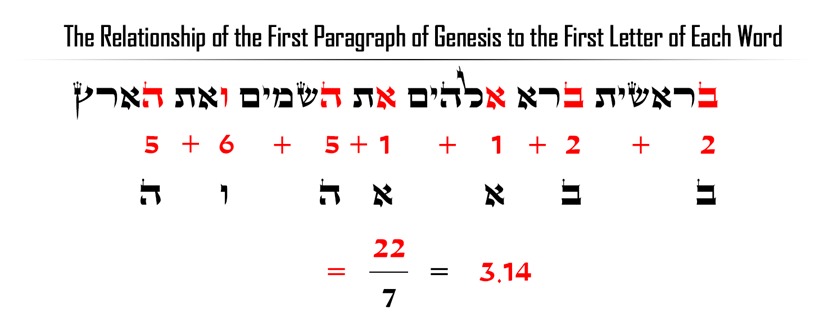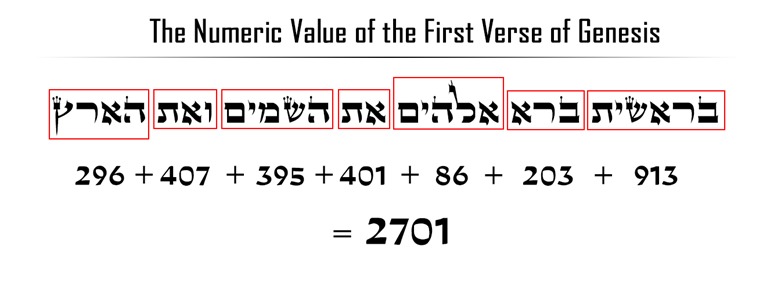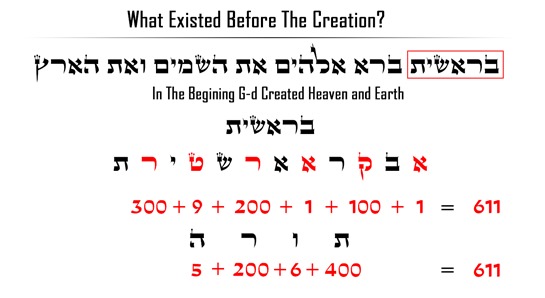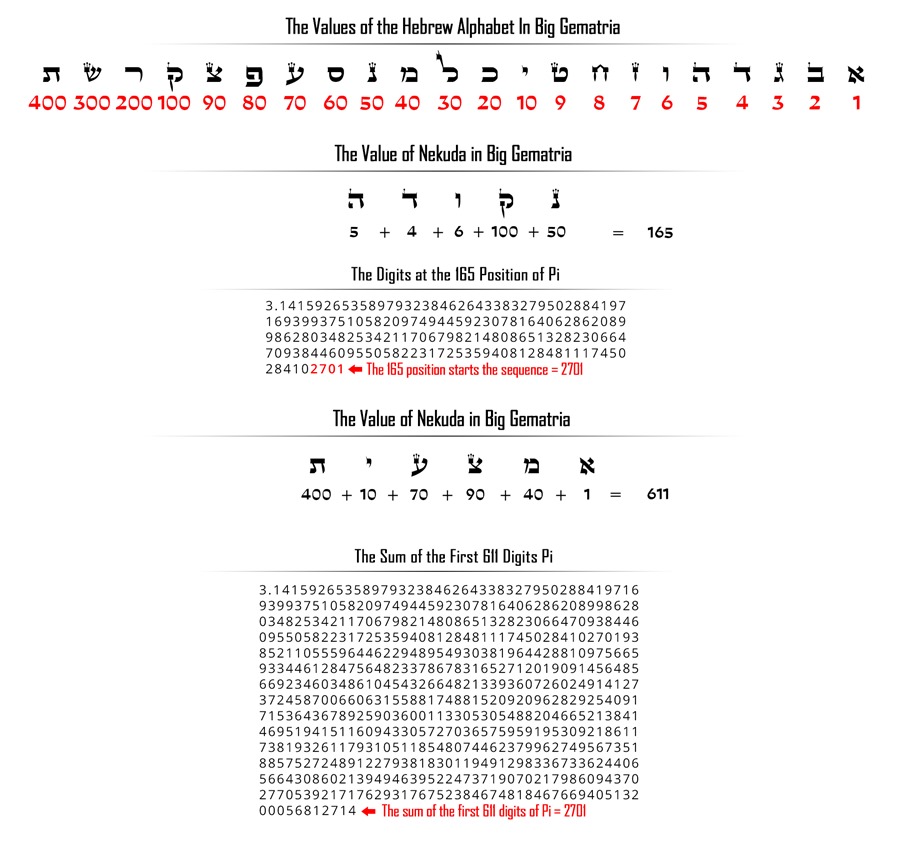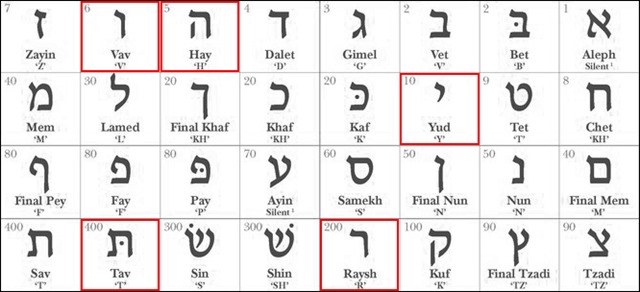The Torah (the Pentateuch in Greek) consists of the following first five books of the Bible:
- Genesis–בראשית
- Exodus–שמות
- Leviticus–ויקרא
- Numbers–במדבר
- Deuteronomy–דברים
Unlike other divinely inspired biblical books, the five books are said to have been dictated directly to Moses letter by letter by G-d. Since its first transcription, the Torah has been copied tens of thousands of times by specially trained scribes called Sofrim. Each Torah scroll is reproduced by hand from an earlier scroll with the warning (Talmud Eruvin 13a) that:
“Be meticulous in your work, for your occupation is a sacred one; should you perchance omit or add one single letter you would thereby destroy all the universe.”
This notion that every word and letter must be preserved in the Torah is also echoed in the New Testament in Matthew 5:18:
“For truly I tell you, until heaven and earth disappear, not the smallest letter, not the least stroke of a pen, will by any means disappear from the Law until everything is accomplished.”
The Torah has been preserved with no/little variations for thousands of years. This is quite incredible if you consider the fact that every kosher Torah scroll in any synagogue the world over has been copied by hand from its predecessor, written out according to unchanging rules, without variations.
In the early 1950s, Rabbi Michael (Ber) Weissmandl stumbled upon several data integrity structures that are likely designed to protect the text from corruption/alterations. In his research, Weissmandl also drew on the work of a thirteen-century Rabbi Bahya ben Asher AKA Rabbeinu Behaye. To find these data structures, Rabbi Weissmandl wrote the entire 304,805-letter sequence of the Torah on 10-by-10 grids and proceeded in the monumental task of counting letter spaces, looking for keywords like “Torah” or the name of G-d.
Noteworthy is that the Hebrew literature that regulates the writing of a Torah scroll (like the Mishneh Torah) doesn’t mention the existence of Rabbi Weissmandl’s data patterns.
The following is an illustration of several of these patterns and other structures. An in-depth discussion about Rabbi Weissmandl’s discoveries can be found in his book Torat Chemed.
References
Michael Ber Weissmandl Torat Chemed (Mt. Kisco, 1958)
Contains commentaries, homilies, and hermeneutic material of a kabbalistic nature. Included in this book are the observations that the Torah contains Data Integrity Patterns also known as Torah Codes.
The Babylon Talmud Eruvin 13a
“…Shmuel said in the name of Rabbi Meir: When I studied with Rabbi Akiva as his disciple, I used to put iron sulfate into the ink, and he did not say anything to me. But when I came to study with Rabbi Yishmael, he said to me: My son, what is your vocation? I replied: I am a scribe [lavlar] who writes Torah scrolls. He said to me: My son, be careful in your vocation, as your vocation is heavenly service, and care must be taken lest you omit a single letter or add a single letter out of place, and you will end up destroying the whole world in its entirety. Addition or omission of a single letter can change the meaning from truth [emet] to death [met]. “
Pri Etz Chaim – Shaar Chag Hamatzot chapter1 about 2/3 down
Figure 1: Hebrew English letter reference Chart
Figure 2: The numerical values of the Hebrew Alphabet
Copyright 2024 Yaacov Apelbaum, All Rights Reserved.

